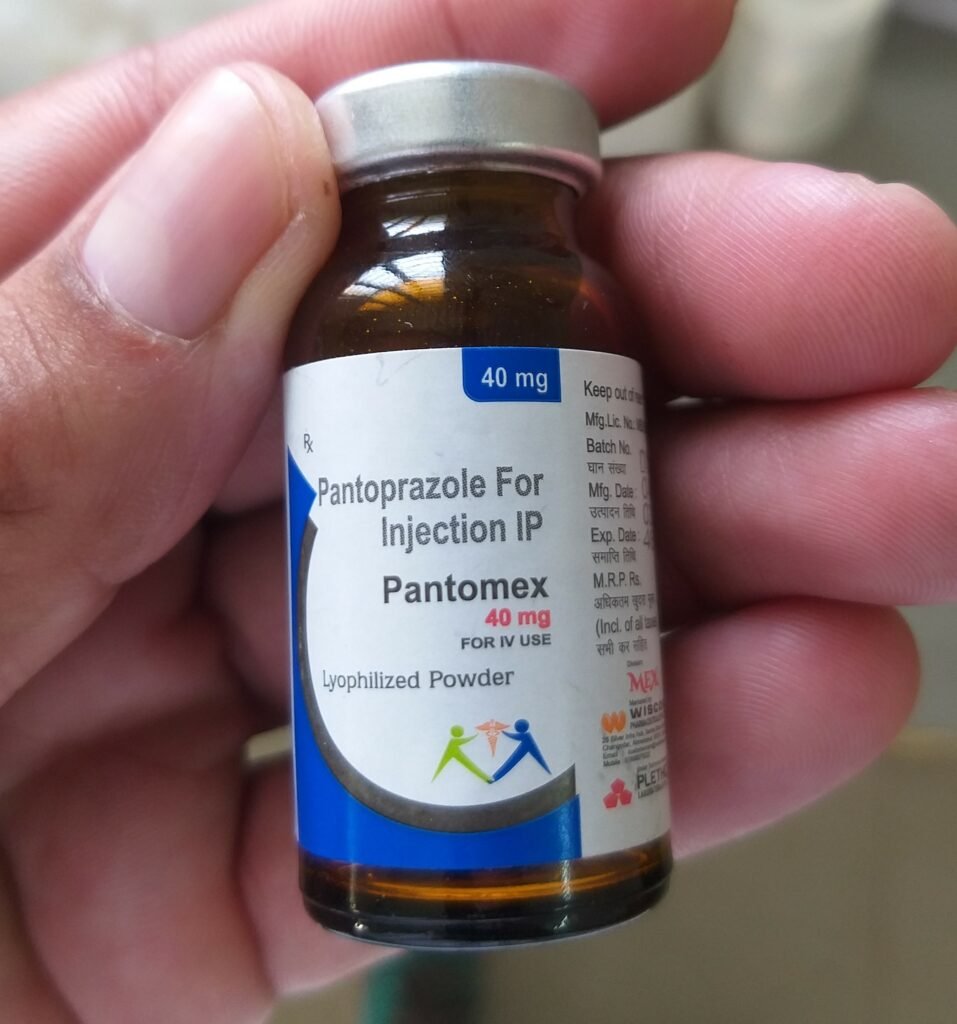TABLE OF CONTENTS
Neostigmine
Neostigmine is a Cholinergic drug (Cholinesterase inhibitor or Anticholinesterase or Cholinomimetic).
Physostigmine and neostigmine are both cholinergic drugs, but they have a difference. Physostigmine can pass through the blood-brain barrier (BBB), reaching the brain directly, while neostigmine cannot cross BBB.
Group
Neostigmine is grouped as a Cholinergic drug, Cholinesterase inhibitor, Cholinomimetic, or Anticholinesterase.
Mechanism of Action
Neostigmine blocks the acetylcholinesterase (AChE) enzyme, which normally breaks down acetylcholine (ACh). When acetylcholinesterase is inhibited, acetylcholine isn’t broken down, leading to prolonged acetylcholine action at the synapse. So ultimately, the function of neostigmine is the same as that of acetylcholine.
Neostigmine is not absorbed when given orally. It is metabolised in the liver, hydrolyzed by plasma cholinesterase, and excreted in urine.
Dose Rates
The dose rate of neostigmine for animals is mentioned below:
- Dog: 0.02 to 0.04 mg/kg IV, IM, SC, PO
- Cat: 0.02 to 0.04 mg/kg IV, IM, SC, PO
- Horse: 0.02 to 0.04 mg/kg IV, IM, SC, PO
- Cattle: 0.02 mg/kg IV, IM, SC, PO
- Sheep: 0.02 to 0.03 mg/kg IV, IM, SC, PO
- Goat: 0.02 to 0.03 mg/kg IV, IM, SC, PO
- Swine or Pig: 0.04 to 0.06 mg/kg IV, IM, SC, PO
Indications
Neostigmine is used for the following conditions in animals:
- As an antidote for anticholinergic (atropine) toxicity
- For treatment of myasthenia gravis
- For the treatment of neuromuscular blockade
- For the treatment of ileus (neostigmine increases GI motility and treats functional ileus)
- For stimulation of ruminal motility in large animals
- For stimulation of gastrointestinal motility (but not affect stomach emptying) in small animals
- For the treatment of urinary retention
Contraindications
- Do not use Neostigmine if the animal is suffering from urinary or intestinal obstruction, asthma, bronchoconstriction, pneumonia, epilepsy, peptic ulcers, and arrhythmias. Neostigmine is also contraindicated in late pregnancy.
Interactions
- Neostigmine should not be used together with other cholinergic drugs (like Physostigmine); it aggravates the effect.
- Anticholinergics (like atropine) also should not be administered with it because that decreases the effect of Neostigmine.
Adverse effects
Side effects or adverse effects are miosis, bradycardia, muscle twitching, weakness, constriction of the bronchi and ureters, etc.
Toxicity
The toxicity of Neostigmine causes diarrhoea, increased GI secretions, and smooth muscle contractions.
This toxicity can be treated with anticholinergic drugs such as atropine.
Preparations
Neostigmine methylsulfate formulations are available in 0.5 mg/mL preparations in ampoules for parenteral injection. 15 mg of Neostigmine bromide tablet form is available for oral administration.
Here are some of the most widely known injection preparations:
- Neon Myostigmin 2.5 mg ampoule (0.5 mg/mL)
- Aesmira Stigmerase 2.5 mg ampoule (0.5 mg/mL)
- Myostigmin 2.5 mg ampoule (0.5 mg/mL)
- NEOFAV 0.5 mg ampoule (0.5 mg/mL)
Here are some of the most widely known tablet preparations:
- Neostigmine 15 mg tablets
- Tilstigmin 15 mg tablets
- Prostigmin 15 mg tablets
More about Neostigmine for animals

Information provided here may be subject to inaccuracies. Please consult a reputable textbook for verification before use. We welcome your feedback and suggestions for improvement via email at hello@vetscraft.com

